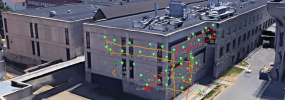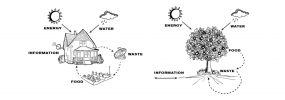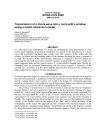Management of UAV-Captured Data for Building Facade Inspections
Building facades, serving mainly to protect occupants and structural components from natural forces, require periodic inspections for the detection and assessment of building façade anomalies. Over the past years, a growing trend of utilizing camera-equipped drones for periodical building facade inspection has emerged. Building façade anomalies, such as cracks and erosion, can be detected through analyzing drone-captured video, photographs, and infrared images.





